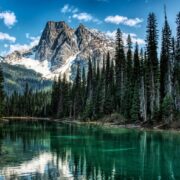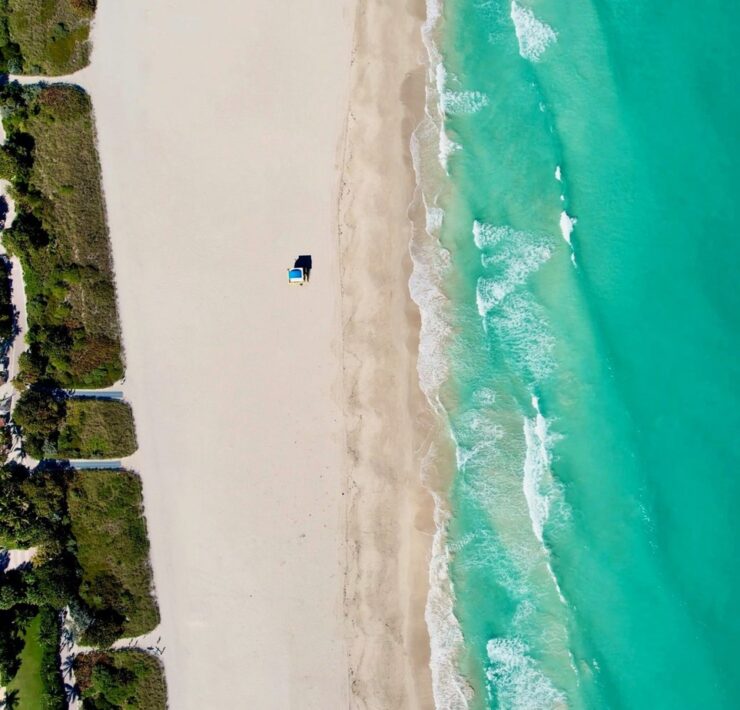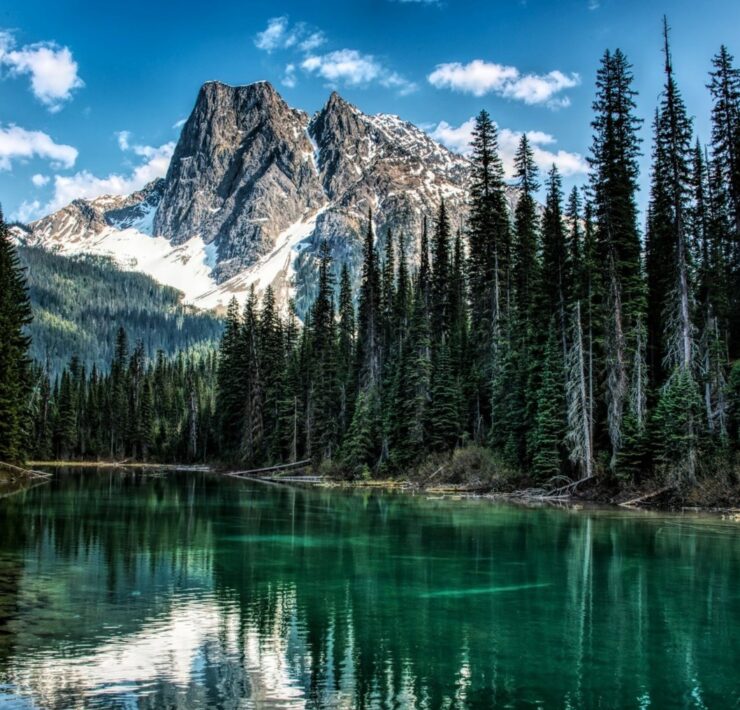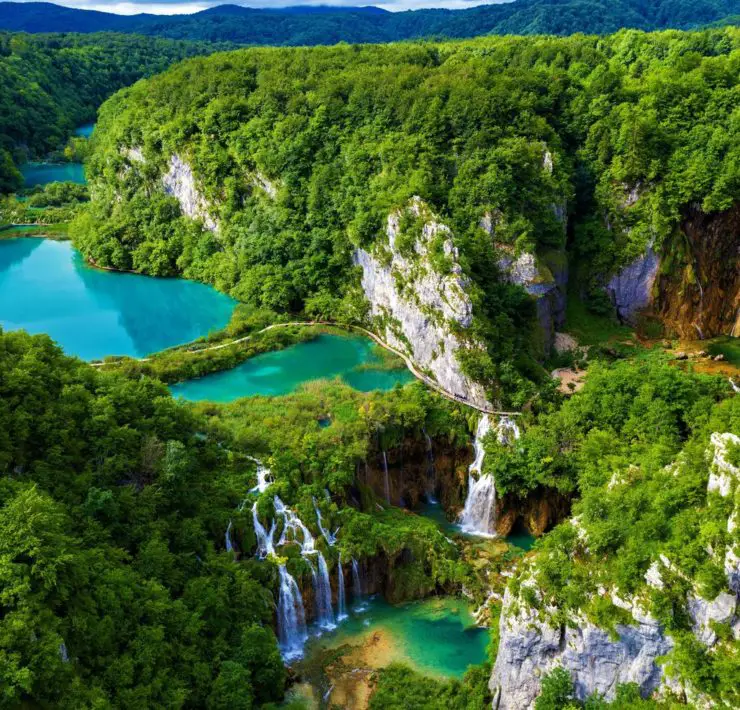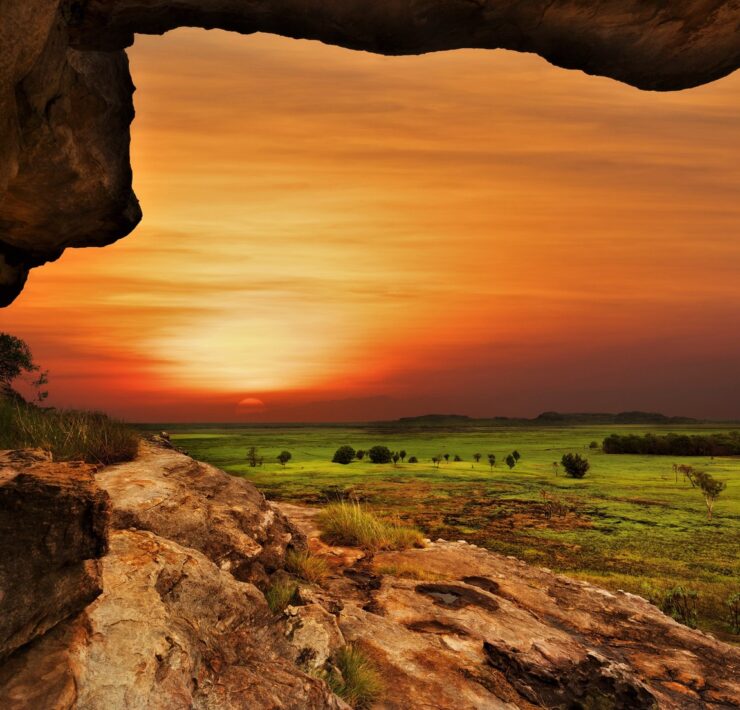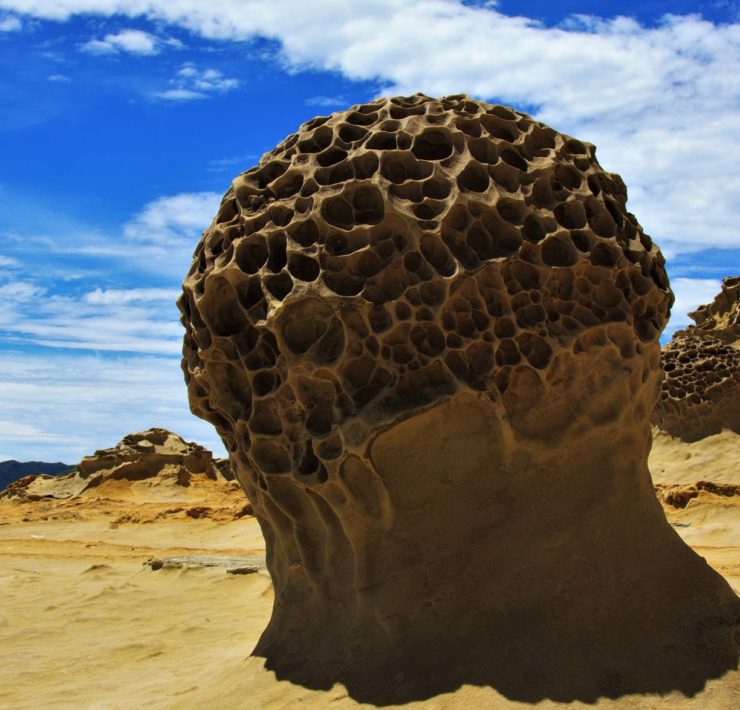Poás Volcano is one of Costa Rica’s active volcanoes that is popular among travelers who want a different hiking experience and thoroughly understand the Earth’s amazing land formations. The 2,708-meter volcano shows the power of nature’s geothermal forces which formed the land of Costa Rica. Poás Volcano is located within the area of Poás Volcano National Park, 30 kilometers northwest of San Jose which can take an hour and a half depending on the route that you’re going to take. If coming from Ciudad Quesada, it’ll take you 116 kilometers to reach the site.
Poás Volcano has two crater lakes nearby its summit. The first is one of the world’s most acidic lakes known as the Laguna Caliente (“hot lagoon) which is 1.7 kilometers wide and 290-300 meters deep, located at the northern part of the volcano at a height of 2,300 meters. The southern lake, known as Lake Botos, is a cold and clear body of water surrounded by a cloud forest in an inactive crater.
Poás Volcano is an active volcano but it hasn’t erupted since 1954. However, a few eruptive activities occurred such as phreatic eruptions and landslides within the northern crater in 2009. And in early 2014, it had exploded a dark cloud that reached up to 1000 feet in the air.
Poás Volcano National Park, where the volcano is located, is one of Costa Rica’s most developed national parks. There’s a visitor’s center that can be easily found through the paved road. Here you can learn about the volcano’s history and information about the geomorphic processes that created it. Besides the visitor’s center, you can also find restrooms, a café and a museum.
When it comes to activities, Poás Volcano National Park will surely offer you a variety. You can join a coffee farm tour, wander around the fruit and flower farms on the volcano’s lower slope, or have a great downhill bike ride. It’s best to see the crater in the morning during the dry season which is from January to April.
When On Earth Magazine is for people who love travel. We provide informative travel guides, tips, ideas and advice regarding places to see, things to do, what to taste, and much more for world travelers seeking their next dream vacation destination.

